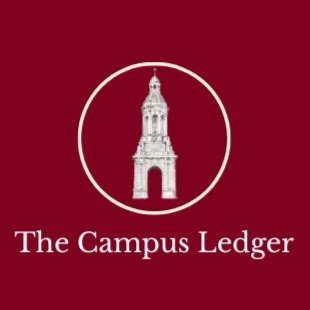How a New Pope Is Elected
The death of Pope Francis marks the end of a significant era in the Catholic Church. As tributes pour in for a pontiff known for his humility and reform-minded leadership, attention now turns to the question: how is a new pope chosen?
Photograph: Unsplash
The process is steeped in centuries of ritual and guarded by strict protocols. Upon the death of a pope, the Vatican enters a period known as sede vacante, the Latin for “the seat being vacant.” During this time, the governance of the Church temporarily passes to the College of Cardinals. While these senior clerics may continue the Church’s daily affairs, their central duty becomes organising the election of a new pope.
This election takes place during the conclave, a highly secretive gathering of eligible cardinals held in the Sistine Chapel in Vatican City. Only cardinals under the age of 80 may vote, and the total number is typically around 120 men. These cardinals are sequestered within Vatican walls, cut off from the outside world until the new pope is chosen. The idea is to prevent outside influence and preserve the spiritual purity of the decision.
The voting is done in rounds. Each cardinal writes the name of a chosen candidate on a ballot, folds it, and places it on a gold plate, which is tipped into a chalice. The votes are counted and recorded, and if no one receives a two-thirds majority, the ballots are burned with a chemical that produces black smoke. This is a sign to the public that the conclave has not yet reached a decision. When a pope is elected, the smoke turns white, and the bells of St. Peter’s Basilica ring.
The elected cardinal is asked if he accepts the role. If he agrees, he immediately becomes pope and selects a new papal name. After changing into the white papal vestments, he is introduced to the world from the balcony of St. Peter’s with the traditional announcement: “Habemus Papam “, “We have a pope.”
Despite the ceremonial nature of the conclave, the process has not been without its controversies and complications. Throughout history, papal elections have, at times, been marked by intense political manoeuvring, regional rivalries, and in some cases, outright scandal. The most extreme example of a delayed election occurred in the 13th century. After the death of Pope Clement IV in 1268, the cardinals deliberated for nearly three years (1,006 days) without agreeing on a candidate. The deadlock only ended after the local authorities in Viterbo, where the conclave was being held, locked the cardinals in, reduced their rations to bread and water, and even removed the roof of the building to hasten a decision. This ordeal led to the formalisation of the modern conclave system, with the strict seclusion and rules that now govern papal elections.
In more recent times, allegations have occasionally surfaced about lobbying or "campaigning" within the College of Cardinals, despite it being officially prohibited. One of the most discussed cases came after the 2005 conclave that elected Pope Benedict XVI, when reports emerged that a bloc of cardinals may have coordinated to influence the vote. Though no formal accusations of wrongdoing were made, such reports sparked renewed calls for transparency, a paradox in a process defined by secrecy.
Nevertheless, the conclave remains one of the most enduring rituals of global religious life. For many, it is a powerful symbol of continuity and stability in the Catholic Church. With the election of a new pope following Francis’ death, the world will once again watch as smoke rises above the Sistine Chapel, a visible sign of a choice that could shape not just the Church, but the moral and political course of the decades to come.

